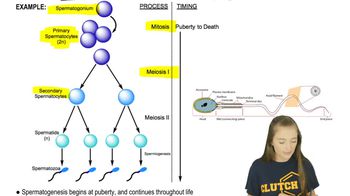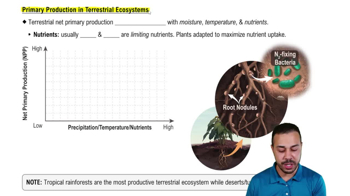A woman had several miscarriages. Her doctor suspected that a hormonal insufficiency was causing the lining of the uterus to break down, as it does during menstruation, terminating her pregnancies. Treatment with which of the following might help her remain pregnant?
a. Oxytocin
b. Follicle-stimulating hormone
c. Luteinizing hormone
d. Prolactin






